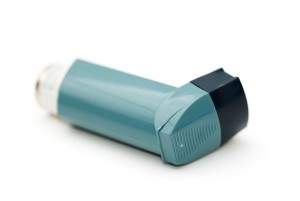 Autumn has been upon us for a while now and winter is fast approaching. If you’re not already spending more time indoors, you soon will be. Winter weather in the Toronto area can be harsh, and it can be difficult for fresh air to make its way into a home once the warmer temperatures give way to the cold days of winter.
Autumn has been upon us for a while now and winter is fast approaching. If you’re not already spending more time indoors, you soon will be. Winter weather in the Toronto area can be harsh, and it can be difficult for fresh air to make its way into a home once the warmer temperatures give way to the cold days of winter.
Poor air quality in your home can cause a slew of problems. Two of the worst are increased pneumonia risk and respiratory issues like asthma and COPD. People spend more time in close quarters during these months as well and any germs they carry in will stay in the indoor environment longer if the air quality is low. Because indoor air pollution can be so devastating, many homeowners look for ways to improve their home, especially before the arrival of winter. Here are a few steps to help make your home a safer place to be.
1. Clean with soap and water rather than using formulated household products. Soap and water are safer when your house is tightly closed up because they don’t release chemicals into the air. If stains prove too stubborn for soap and water, be sure to open windows when using potentially harmful cleaners indoors.
2. Install an air filtration system and be sure to regularly change out the filter. Some systems are designed to remove specific pollutants, and may not be effective at removing additional indoor air pollutants. Larger models tend to be most effective at filtering pollutants like dust, but these units are more expensive than smaller units. If your home is especially dusty, then a large filtering system may prove a worthy investment.
3. Let the outdoor air in whenever you have the chance. Letting outdoor air into your home is a great way to improve your overall air quality. It’s tough to do when it’s freezing outside but even a small opportunity here and there will make a great difference. After cooking a big meal, open the kitchen exhaust fan to allow fresh air into the home. These fans are not large enough to cause a significant temperature drop in the home, but they can directly remove contaminants from inside the home, like those that might be emitted from gas stoves.
4. Use a mop instead of a vacuum whenever possible. Obviously you can’t mop your carpets but wood, marble, tile, and linoleum are better mopped than vacuumed or swept. Vacuum cleaners can be effective at picking up pollutants inside a home, but they also can release particles and dust back into the air. Water and a little cleaner should be enough to do the trick and it won’t be introducing any additional harmful pollutants into the air.
